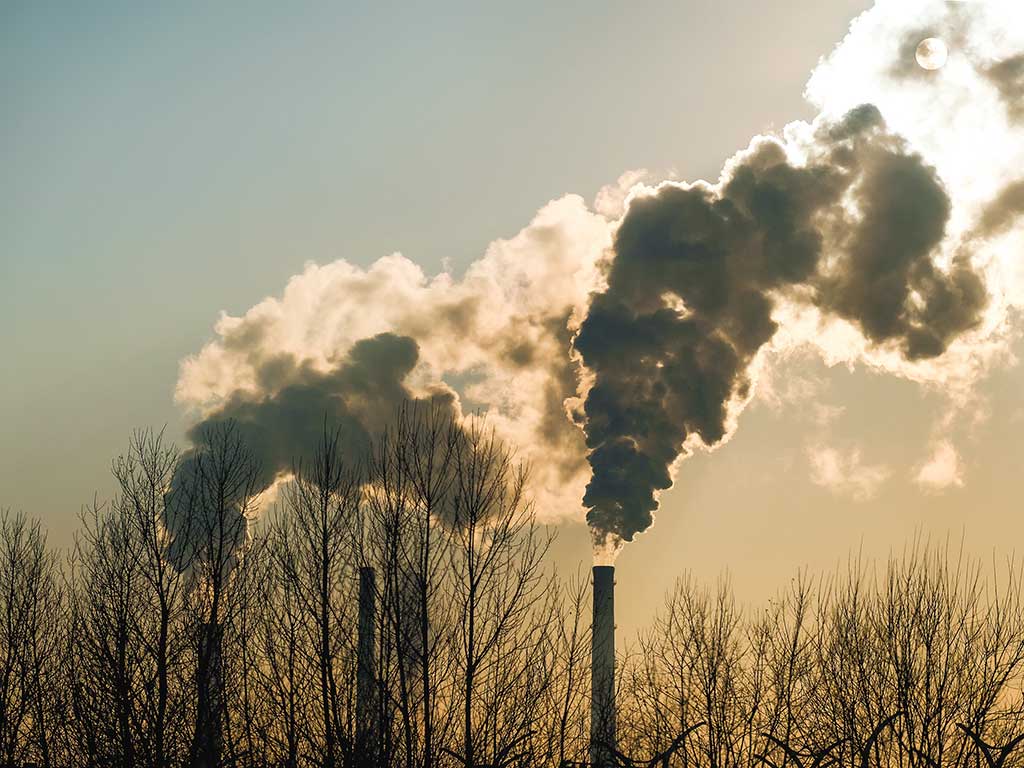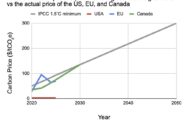
By Sarah Braik
What do we mean when we refer to carbon pricing as a means to stabilize global temperatures?
We often confuse carbon pricing with cap and trade. What follows is a simple description of how the two differ and of the benefits and drawbacks of each.
There are two basic market mechanisms for reducing carbon emissions: cap and trade systems which set limits on emissions and carbon pricing systems which use a price to drive down emissions.
When we at Citizens’ Climate Lobby refer to carbon fee and dividend policies, we are talking about a carbon pricing mechanism, not cap and trade.
Cap & Trade
Cap and trade (often referred to by critics as “pay to pollute”) sets emissions limits by sectors and issues credits. As such, a company emitting less carbon may sell excess credits at auction to those exceeding the limit. The emissions limit has to be carefully calibrated and must be changed often to remain effective. Often cap and trade policies only target large emitters, leaving smaller emitters unregulated. And cap and trade requires a bureaucracy to allocate allowances and to measure, report, and verify. Not to mention the detailed regulations, which can take years to be implemented.
In addition, traders bid prices up and down, prompting uncertainty and causing firms to delay investments in big emission-reduction projects. The biggest problem with cap and trade is the opportunity to manipulate the system and create unintended environmental consequences.
Carbon Pricing
By contrast, carbon pricing can mean a carbon tax or a carbon fee and dividend. The distinction is that the government administers a tax, whereas with carbon fee and dividends, the fees go back to American households as dividends. It is far simpler than either a tax or cap and trade.
The fee applies to all fossil fuels and all emitters. The approval, implementation, and measurement processes are simple and quick. It is the most efficient and least expensive way to prompt transition to renewable energy. Since it creates a predictably rising price, businesses and consumers can plan their energy investments.
Carbon fee and dividend has appeal for Democrats and Republicans. It also has the advantage of economic fairness, with most wage earners, working families, or low- and middle-income folks receiving more in dividends than they pay in higher prices.
A carbon fee and dividend policy such as the Energy Innovation and Carbon Dividend Act is the single most effective means we can use to reduce emissions. Although for us to reach zero by 2050 and to ensure equity, policymakers must pair carbon pricing with other policies, particularly those that specifically target marginalized communities.
Sarah Braik is a co-leader of the Portland ME Chapter of Citizens’ Climate Lobby.






1 Comments
Pingback: Pragmatic Republicans Reject Climate Denialism - The West End News